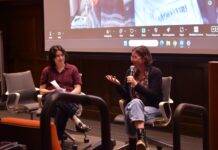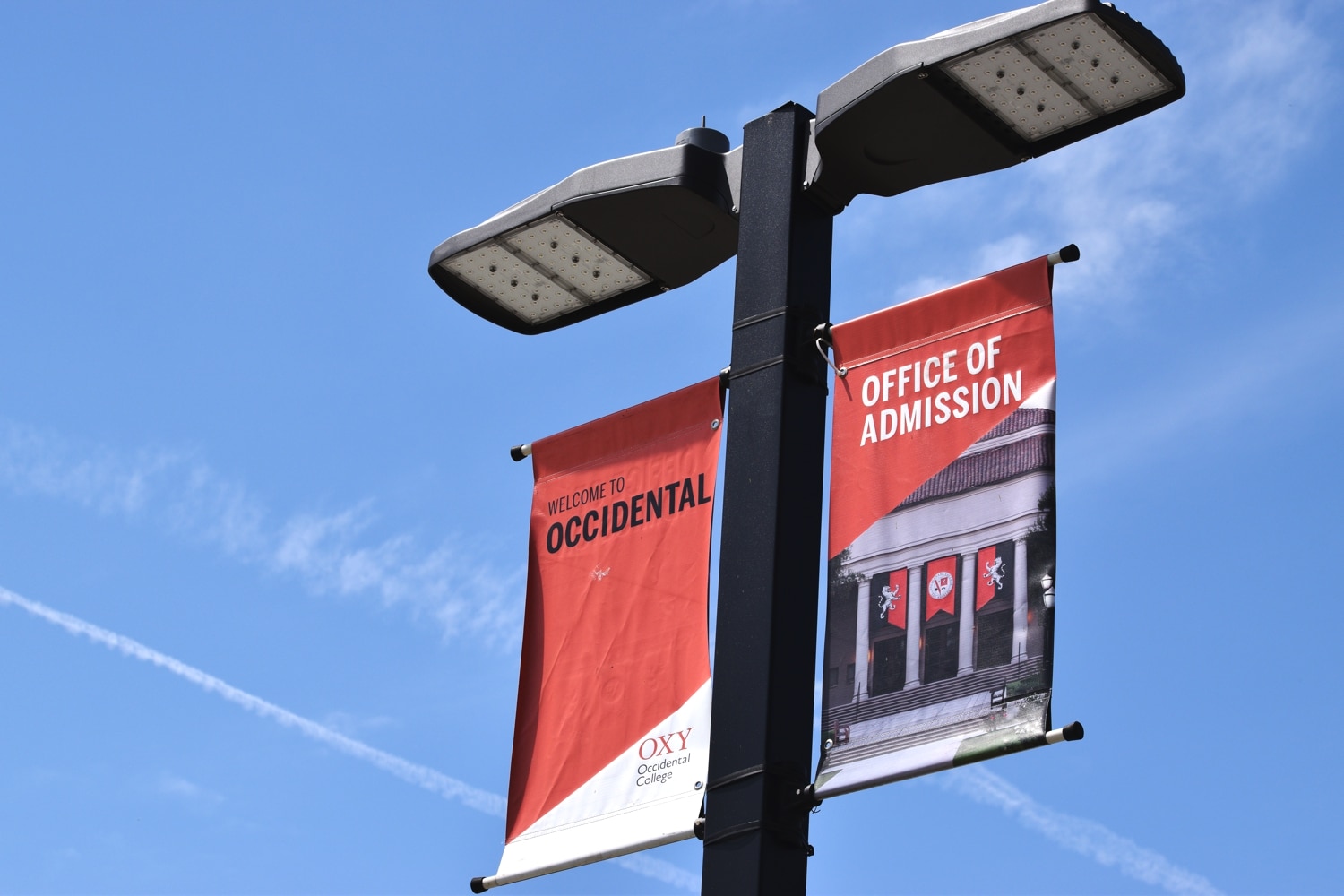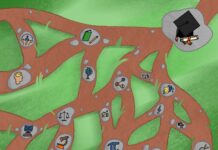Generative artificial intelligence (AI) is reshaping how we perceive intellectual labor, shifting the focus from process to product, and from effort to optimization. The very nature of academic work — historically hailed as a meticulous, iterative process of inquiry — has been altered as AI becomes increasingly incorporated into research. Tools like Keenious, recently implemented by Occidental’s library, aid academic endeavors by doing tasks such as recommending research papers with an efficiency that far outstrips the traditional methods of literature review. However, by commodifying intellectual labor, the rise of AI reaffirms the value in the methodical journey that learning requires.
In the past, the process of research, organizing sources and formulating hypotheses was integral to intellectual rigor. Time was spent laboring over texts, with the understanding that immersion in the material itself held educational value. A few weeks ago, I was walking through the stacks and corners of Occidental’s library, my eyes scanning the section labels (and their incomprehensible numbers) for Kierkegaard’s “Fear and Trembling; Repetition.” As laborious as it was, it felt like a rite of passage into the academic process. But now, with Keenious, I lean back and watch as the system almost-instantly pulls up articles relevant to what I have given it — a keyword, a phrase, my paper draft or other articles.
Today, time is treated as a cost, and intellectual labor is increasingly subject to the same forces that drive corporate profitability. Costs are slashed, and the product becomes the primary currency. It’s a form of inertia that risks detaching students from the very process that once defined intellectual inquiry. “Line of inquiry” starts taking shape in the form of a factory’s production line. The world has turned to optimization as its guiding principle.
Many people in academia feel as if there is consistent pressure to produce faster. The American Psychological Association recently held a webinar in which psychologists discuss a rise in publication that could be seen as “too much.” In the discussion, Andres De Los Reyes, professor of psychology at University of Maryland, questions the value of producing such a high volume of research: “What’s the value in putting all this labor in? Each of these papers is an attempt from one of us to communicate what we’ve learned to each other, to the public. You can make the argument that we’re all speaking too fast.”
Higher education grapples with the allure of AI tools that promise to reduce human effort, even at the expense of intellectual engagement. However, it’s essential to acknowledge the benefits AI brings, especially in enhancing education and making it more accessible.
Khan Academy uses their own AI, Khanmigo, which is a personalized and virtual tutor for students. This means more learning is accessible outside of class, with less intimidation from having to navigate the vast intellectual canons themselves. For educators, AI can also be a virtual teaching assistant that can offer feedback and contribute to an interactive classroom. Additionally, the World Economic Forum points out another integral change beyond intellectual labor perception: how students and educators interact. AI cuts down tasks such as creating quizzes and grading, enabling earlier interventions and more time to focus on rectifying knowledge gaps. Initiatives like the Florida AI Learning Consortium (FALCON) have emerged to help faculty with understanding AI and its implications in education.
It’s undeniable that AI offers tangible benefits in terms of cost reduction and efficiency. It frees up human labor from repetitive tasks, allowing for a focus on more strategic pursuits. AI tools aren’t just about cutting time as they are a reallocation of resources, allowing students and faculty to invest their mental energies elsewhere.
But what is lost when we prioritize output over the process?
With AI-driven systems increasingly handling the labor of intellectual processes, it may become a hollow process, driven by what can be produced rather than by what can be learned. Instead of pursuing research for their own sake, students and academics further entrench publications as an ultimate metric of success and they may neglect exploration of ideas. But an essential part of research is learning how to engage with literature, how to pit ideas against one another and situate voices in a particular field. By relying on AI we are opting out of the tedious, even myopic side of intellectual labor that leads to knowledge creation.
As the world continues to adapt to these technologies, our challenge will be to harness the benefits of AI while resisting the urge to reduce intellectual inquiry to a mere transaction. We must ask ourselves whether we’re optimizing for efficiency, or if we’re compromising the very core of what it means to engage in conversing with our minds and others. Over-relying on an algorithmic curation of content undervalues both the subjective choices we make while conducting research and the independent dissemination of knowledge. By acknowledging the limitations of AI and equipping oneself with AI literacy, students and educators alike could use it as a tool without taking away from curiosity and independent thinking. It is critical that we remain engaged interlocutors with our own minds and those of others.
Contact Val Nguyen at vnguyen4@oxy.edu
![]()



































